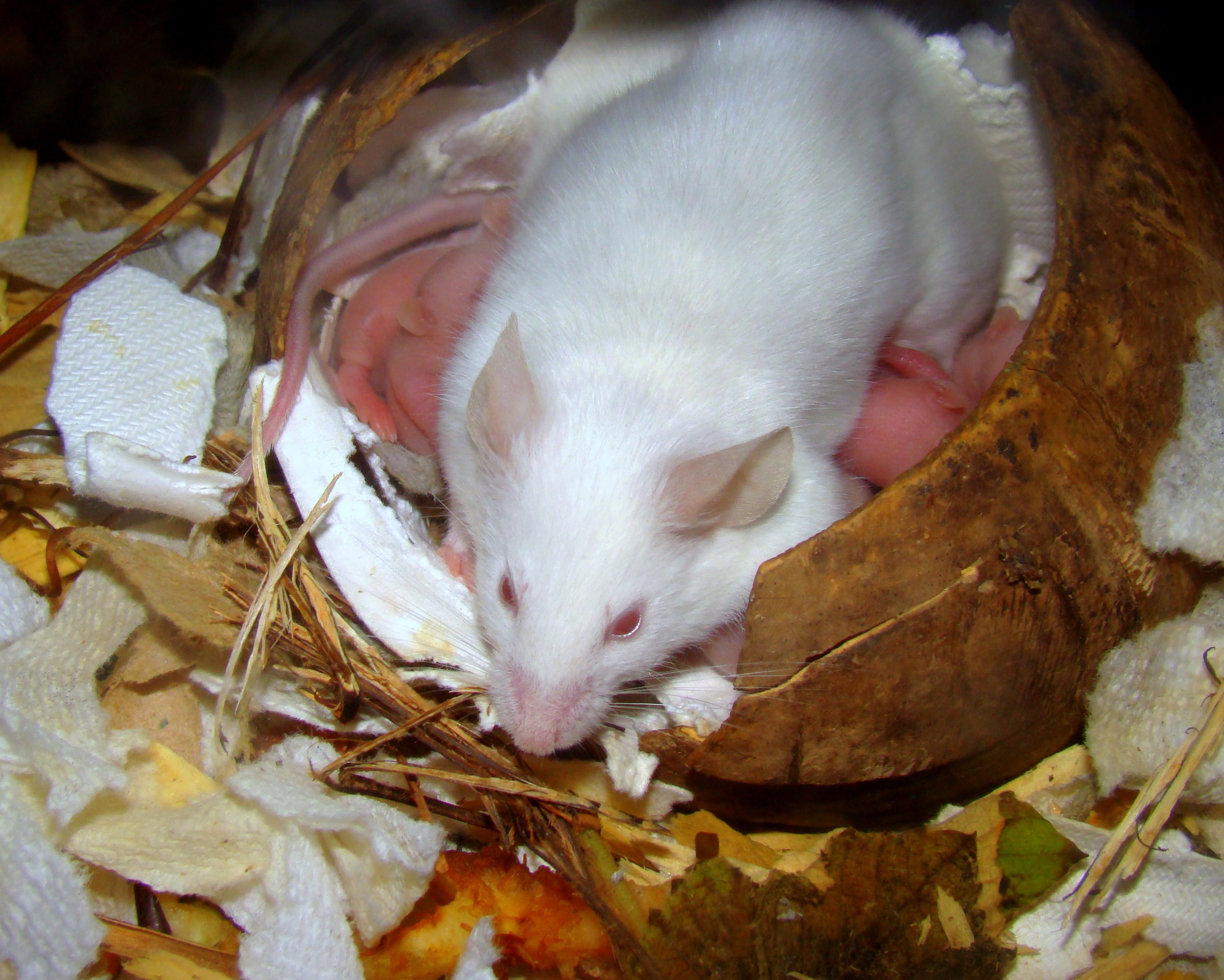The South American region of Patagonia, straddled between Argentina and Chile, has always been famous in the world of paleontology, having been host to some of the world’s most spectacular dinosaur finds. One example of such finding—several, really—is the Huincul Formation, a location in northern Patagonia famous for several landmark dinosaur finds, including the colossal 40-m (130-ft) long Argentinosaurus.
As such, the area is no stranger to brilliant finds that shake up what we know about the reptiles which ruled the planet for hundreds of millions of years.
A particularly recent find, however, got the attention of scientists around the world: a so-called “Jurassic graveyard” was found in Laguna Colorada Formation in Patagonia. Determined to contain about 100 fossilized eggs and some 80 fossilized individuals of the sauropodomorph dinosaur Mussaurus patagonicus—including some 20 complete skeletons—the site proves to be the oldest-discovered evidence of dinosaur herding. A study written about the findings was published in the journal Scientific Reports.
“It is a pretty dramatic scene from 193 million years ago that was frozen in time,” said research lead and Egidio Feruglio Paleontological Museum paleontologist Diego Pol.
M. patagonicus was actually named as such because its first remains were found in the area back in 1979. The specimens at the time were juveniles, hence their name being Latin for “mouse lizard.”
Pol and team worked on a small outcrop, just about a square kilometer (0.3 sq. mi) in size, at the Laguna Colorada Formation; they’ve actually been working on the site since 2002, and had since found several specimens of M. patagonicus, including other eggs and fully-grown individuals.
M. patagonicus actually lived as far back as 192.8 million years ago, during the Early Jurassic period. Adults could reach up to 6 m (20 ft) in length, and up to 1,000 kg (2,200 lbs) in weight. From the years of M. patagonicus findings since its first discovery, scientists have pieced together several key facts about its life, including the fact that babies usually walk on all four legs, while adults primarily walk on the back two.
Prior to this 2021 find, however, there was not enough evidence to suggest that these dinosaurs lived together as a herd. These new findings, which basically confirm their herding behavior suspicions, push back the earliest-known evidence of dinosaur herding by some 40 million years.
Pol and team believed that M. patagonicus needed the herding, too; sauropodomorphs—and eventually the sauropods that would come much later on in the geologic timeline, like Australia’s very own Australotitan cooperensis—grew to pretty big sizes, yet laid small eggs. As a result, these long-necked dinosaur babies had to grow up fast in order to protect themselves. Thus, to Pol and the team, herding was essential to protect the M. patagonicus young.
As Pol told news outlet LiveScience: “This is a time when they need to eat quite a lot to grow, but they don’t have the size to be able to defend themselves, and they don’t have the expertise and the knowledge. […] Living in a herd actually protects you during those very vulnerable, fragile stages of your life.”
The research team also found the dinosaurs to have been surrounded by fellow dinosaurs of roughly the same age, leading them to believe that they primarily interacted with individuals of the herd from the same age range. This was said to be evidence of age segregation, implying a complex social structure within the early Jurassic herd.
Evidence locked in the ancient sediment led Pol and team to believe that these dinosaurs may have died due to a drought.
In a statement to news outlet Reuters, Pol mentioned that “the site is one of a kind,” and that “[it] showed that herd behavior was present in long-necked dinosaurs since their early history.” “These were social animals, and we think this may be an important factor to explain their success.”
Said Adelphi University Department of Biology associate professor Michael D’Emic, who was not involved with the study: “I would say this is one of the top paleontological discoveries of the year. […] It is so exciting to have so many individuals of one fossil species, from embryos to adults.”
References
- Dunham, W. (2021, October 21). Patagonian fossils show Jurassic dinosaur had the herd mentality. Reuters. https://www.reuters.com/lifestyle/science/patagonian-fossils-show-jurassic-dinosaur-had-herd-mentality-2021-10-21/
- Geggel, L. (2021, October 21). Jurassic graveyard reveals oldest evidence that dinosaurs traveled in herds. LiveScience. https://www.livescience.com/oldest-complex-social-behaviors-dinosaurs
- Geggel, L. & LiveScience. (2021, October 21). This jurassic graveyard holds the oldest known evidence of “complex” dinosaur herds. ScienceAlert. https://www.sciencealert.com/jurassic-graveyard-reveals-oldest-evidence-that-dinosaurs-traveled-in-herds
- Ly, C. (2021, October 21). Dinosaurs lived in herds 40 million years earlier than we thought. New Scientist. https://www.newscientist.com/article/2294630-dinosaurs-lived-in-herds-40-million-years-earlier-than-we-thought/
- Pol, D., Mancuso, A. C., Smith, R. M. H., Marsicano, C. A., Ramezani, J., Cerda, I. A., Otero, A., & Fernandez, V. (2021). Earliest evidence of herd-living and age segregation amongst dinosaurs. Scientific Reports, 11(1), 20023. https://doi.org/10.1038/s41598-021-99176-1










